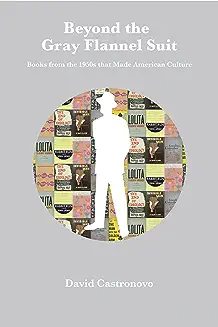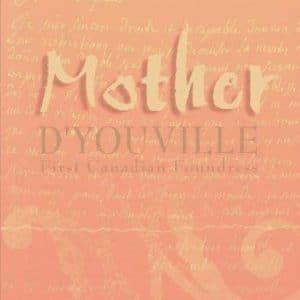After the great renaissance of the 1920s and early 1930s, American modernism seemed to be stalled, to be awaiting another burst of talent. The post-World War II period provided that new energy and genius, with book after book that broke through the ordinary realistic atmosphere of bestseller lists, and offered experimentation, arresting content, and transformation of old literary forms.
In short, from the late 1940s through the JFK years, America was the home office of literary innovation. Writers forged new styles with the rapidly changing times, and generated new ideas that fit the challenges of late modernity.
Beyond the Gray Flannel Suit shows how particular landmark books took on the hot-button subjects of the 1950s—race and religious difference; social class and the suburbs; the youth culture; rebellion, conformity, and groupthink; the telling conflicts over taste and judgment—and how, in the process, whether we realize it or not, this body of super-charged literature shaped today’s American culture.”






